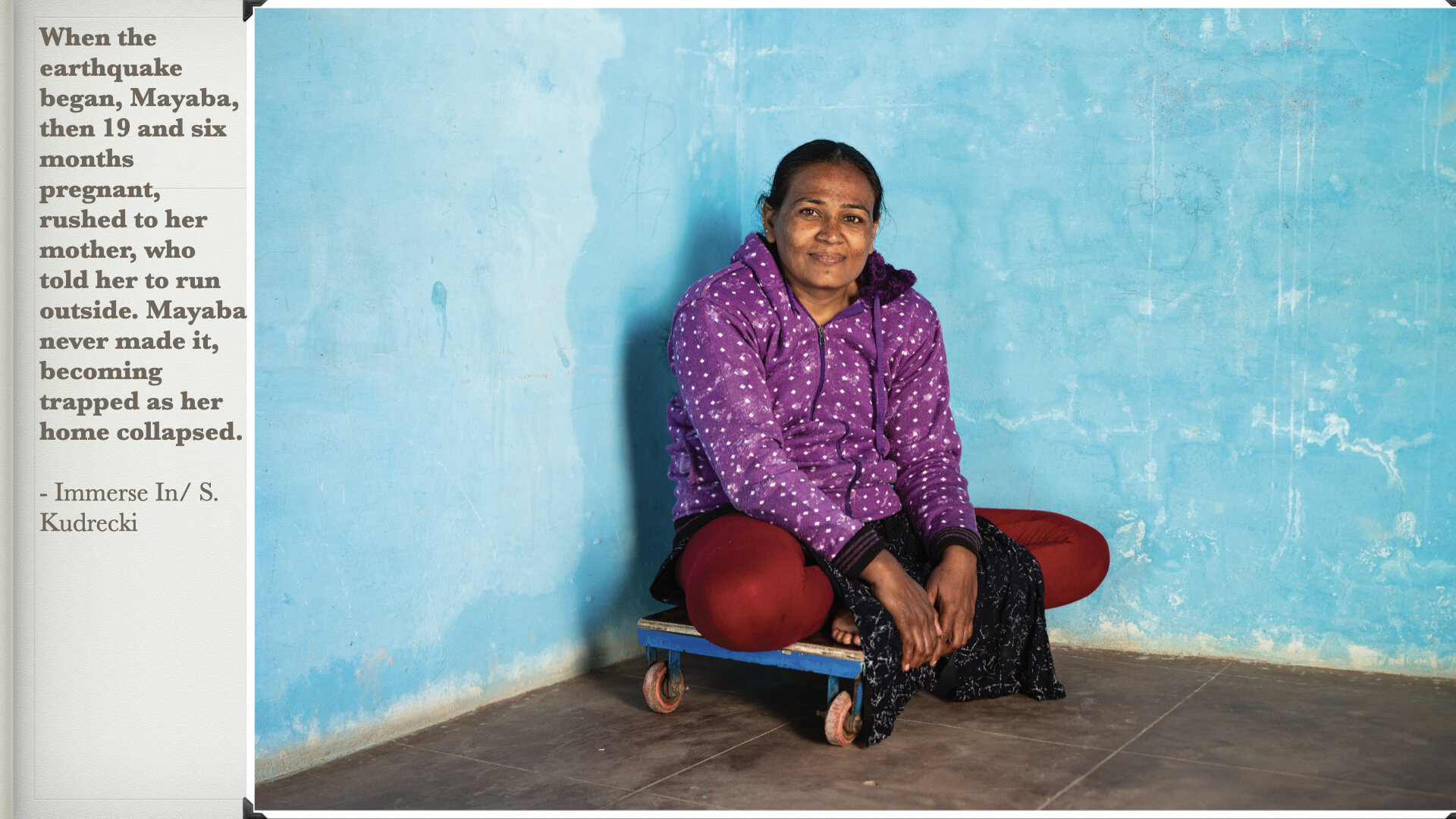Our Projects
Hello visitor! Thank you for visiting this page. This is the virtual presentation of our program’s concept, execution, output, and outcome. Immerse In's qualitative research methodologies use audio and visual tools to interact with the people we visit as a team. We call this our storytelling methodology. Also, we create "learn while you earn" work opportunities for local youth by training them on basic communications and data collection methods and tools. We also use their services as our English and cultural interpreter.
At Immerse In we were lucky enough to be able to test our storytelling methodology with the help of locals. In this section, we provide a glimpse of our activities:
collecting stories,
the process of collecting data,
an exhibition of the output of our work,
and the impact on those who were involved in our project.
A QUICK BACKGROUND
Immerse In is based on four principles that guide how we design and implement a storytelling project. In the following section we provide examples of these four principles with audio-visual illustrations.
DISCOVERY
Exploring new places and societies
In this short documentary of our pilot expedition to the Kutch district of Gujarat in India, Immerse In participants share their experience. The objective of this expedition was to provide an existential experience and realize our abilities to empathize organically. Check out this video to hear the stories of our photographers, interviewers, and those who had first-hand experience of the 2001 earthquake of Bhuj.
PURPOSE
Striving to learn and identify the priorities for resilience at a societal level against climate and disaster risks
In this podcast, Immerse In founder Akshat Chaturvedi speaks to Fred Pedroso, a Brazilian national, father of two young boys and World Bank official, and Phil Barutha, Assistant Professor of Civil Engineering at the University of Nebraska and resilient transport consultant at the World Bank, as they explain why it is important to learn stories of disaster survivors while designing resilient infrastructure in Belize.
CREATIVITY
Using mediums such as photography, writing, audio recordings for research and storytelling
For our virtual photo exhibition, we requested a critique of our book by Dorte Verner, an international award-winning photographer and food security economist at the World Bank. Dorte is an effortless storyteller whose images have stunned the world's photography critics. In this video, you can see some of Dorte's award-winning images in addition to her reaction to Immerse In’s first story photo book, Resilience in Kutch: Stories of Earthquake Survivors in Bhuj.
VALUE
Experiencing a new worldview without an overly curated agenda
And at the end of the day, we value experience more than output. In this video, Immerse In expedition participant Michelle Weiner interviews two college students from one of Bhuj’s public colleges, Lalan College. Kishan Pandya and Shivani Rathod, bright and confident students of the English Literature department, were our research and field coordinators for this project. In this video, Kishan and Shivani share that since they were only babies when the earthquake happened in 2001, they were able to learn about what happened during the earthquake by being a part of this project. To us, one of the positive outcomes of our projects is that both hosts and visitors can experience a new worldview without an overly curated agenda.
Our Podcast
At Immerse In we speak to those who have survived major disasters and have stories of resilience to tell. A lot of these stories are not scary but quite inspiring, and sometimes amusing. Our approach is to appreciate the human’s ability to use various stories to find resilience and bounce back better. Please subscribe to our channel and follow us.
Pre-launch of the book with Rahul Dubey
We did a book pre-launch of our first prototype book: Stories of Resilience with Rahul Dubey last year. Check this video out.





















